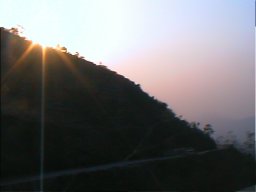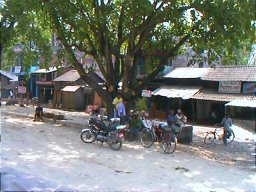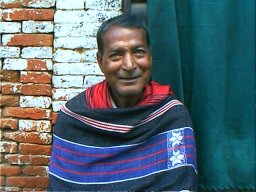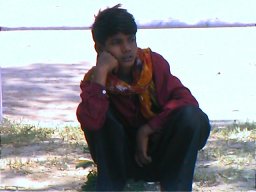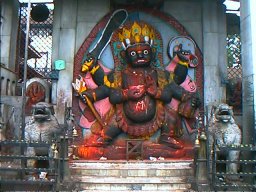|
All images and text are copyright protected. Contact
|
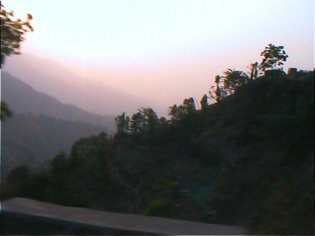
Nepal I leave Delhi at 6am by train arriving in Agra two hours later. The porters immediately seize my luggage and I have to threaten to call the police before they will relinquish it. Outside the station the touts latch on to me like parasites and not even swearing at them will make them go away. The independent taxi fares are too high so I get a pre-paid taxi which is more reasonable. The taxi driver, Mr Juned Khan, is not an old man but his tired face makes him look old. "Do you know that the average traveler now stays in Agra just 12 hours, only long enough to see the Taj Mahal?" I ask. "Yes, we know," he replies, with a sad smile. "Do you know why?" I probe. "Because we treat the tourists badly. I know we should be less aggressive, but the vendors and touts are uneducated villagers who come from the countryside and want money. We have the best hotels in India but they are all empty because the tourists do not stay. We know we are killing the tourist trade but what can I do?" "I too, am staying only long enough to photograph the Taj Mahal. I leave this evening," I say. "Do you know the price of the foreigner's ticket to the Taj?" he asks. "Twenty American dollars. I cannot afford to buy a ticket." "Then how will you photograph the Taj?" "I will find a way," I say.
I wish to post a parcel which I could not do in Delhi and Mr Khan takes me to a friend who makes up a cloth bag for my items for free. He then takes me to the post office where they reluctantly accept the parcel after ignoring me for over one hour. For the next few hours I walk the back streets of Agra chatting with people outside of the tourist trade: carpenters, masons, teachers and children. In the hot afternoon, a man pumps water for a thirsty cow. Two men sit outside a shop playing chequers. Women sweeping their homes, shout at playing children. An ice cream vendor plies the neighbourhood ringing his bell. . The road leading to the Taj is lined on both sides with the most persistent and irritating touts in India who swarm over me like flies. "Hello, where are you from? What's your name? Look at this! Buy this!" "Give me one rupee!" "Hello, come inside!" Even my swearing in English and Hindi does not deter them. I later met a Danish couple who were invited into a marble shop in Agra and were locked inside until they bought a marble table which they did not want.
The gate to the Taj bears a sign with the price for foreigners at twenty US dollars. I walk around the neighbourhood until I find a restaurant with a rooftop that overlooks the wall to the Taj. Like so many other over-hyped tourist sites, the tomb, built by Shah Jahan for his beloved wife Arjumand Banu Begum, the biggest tourist attraction in India, is a disappointment. The Bengali poet, Rabindranath Tagore, described it as 'the tear that hangs from the cheek of time'. I have always found it odd that though Islamic law ordains that Muslims be buried without embellishment, not even a gravestone, yet the most famous tomb in the world is Islamic. I take my photos and then, after 11 hours in Agra, take a taxi back to the station for the train to Varanasi. A typical tourist.
I leave Agra at 8:45pm and during the night there is a dust storm like in a desert. Though dust comes in through the closed windows it is comforting to have a roof over my head. We arrive in Varanasi, previously called Banaras, at 10am the following morning and again, like at Agra, the porters seize my luggage and the touts come at me like piranha. In China, I met a British couple who had lived in India for over four years. "Which towns or cities in India would you recommend?" I asked. "Any town that is not in the guide books," they smiled. "The villages are the best, the tourist towns are the worst." I had long wanted to visit Varanasi, the City of Light, the City of the Dead, the abode of Shiva, the oldest living city in the world, the holiest city in India, so holy that to die here means liberation from the wheel of reincarnation. But the commercialization of the city has ruined whatever attractions there may have been. Even in the heat of the summer, the touts surround me with lies and deceit and, like a cancer that kills both its host and itself, refuse to leave my side. "Where are you going? To the bank? The bank is closed. You can change money here."
We spend two hours sitting in the little shade along the road, pouring water over our heads, dreaming of cold beers. A small crowd of people gathers, a few wearing scarves on their heads, hanging down the sides of their faces to cut the sun. For unknown reasons, two policemen armed with lathis chase them away, throwing down the bicycles, lashing out with the lathis. At 8pm we arrive in Sunauli, the small border town to Nepal. In the darkness, we walk with our luggage 100 meters along a rough road across the border into Nepal. There is no actual border, just a tiny dimly lit Nepalese Immigration Office alongside the road in the middle of town, easy to miss if one were not looking. Two Immigration officers charge everyone, except Indians, 30 American dollars for a visa. Indians and Nepalis go freely back and forth as if it were one country. All the passengers stay at the Nepal Guesthouse, a large warren past its prime, where, after a long wait, I eat chowmein and a cold beer on an open balcony. The night is blessedly cool and I am glad to be out of the burning Indo-Gangetic Plain. Early in the morning we board an even older bus for Kathmandu. After loading luggage atop the bus, several boys demand payment of ten rupees for each piece of luggage. It is a small sum but it is the last straw after being cheated all along the way and I steadfastly refuse to pay even when it turns into a quarrel with threats to throw my luggage off. It is part of travelling in Asia.
The early dawn road to Kathmandu goes up and down beautiful, cool, terraced hills and valleys where villages squat along streams and people live at a leisurely pace. Some Nepalis look like a mixture of Tibetan and Indian, some look Indian, some look Chinese and some look European. Since most villages are separated by mountains, many tribes have kept their unique customs and bloodlines.
Nepalese history seem to consist of a series of invaders: Stone Age settlers arrived around 200,000 BC; the Kiratis, a Mongoloid people, took control of the Kathmandu Valley around 800 BC; small kingdoms sprang up in the valleys around 500 BC; around 500 AD the Licchavis from India overthrew the Kiratis bringing Hinduism with them; in 1742 the Shahs from India conquered the Kathmandu Valley and the Empire-building Brits defeated Nepal in 1816.
The Licchavis brought Hinduism from India and although today the official religion of Nepal is Hinduism (Nepal is also the only country to celebrate Vikram Sambat, the Hindu New Year) most Nepalis follow a mixture of Hinduism and Buddhism. Raceandhistory.com | Howcomyoucom.com | Trinicenter.com | TriniView.com Another 100% non-profit Website serving poorly represented communities. Copyright & Disclaimer. - - Privacy Policy --Designed & maintained by S.E.L.F. © 2002 TriniView.com |

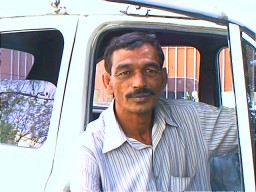
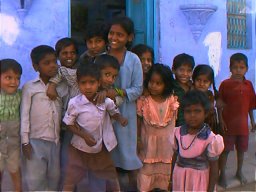
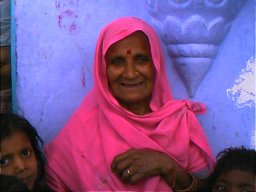
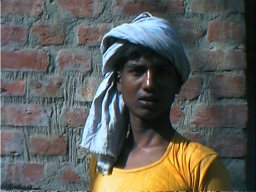
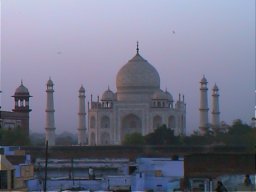
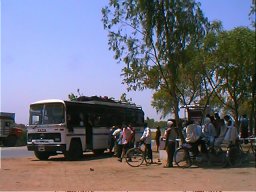 Deluxe Coach
Deluxe Coach
